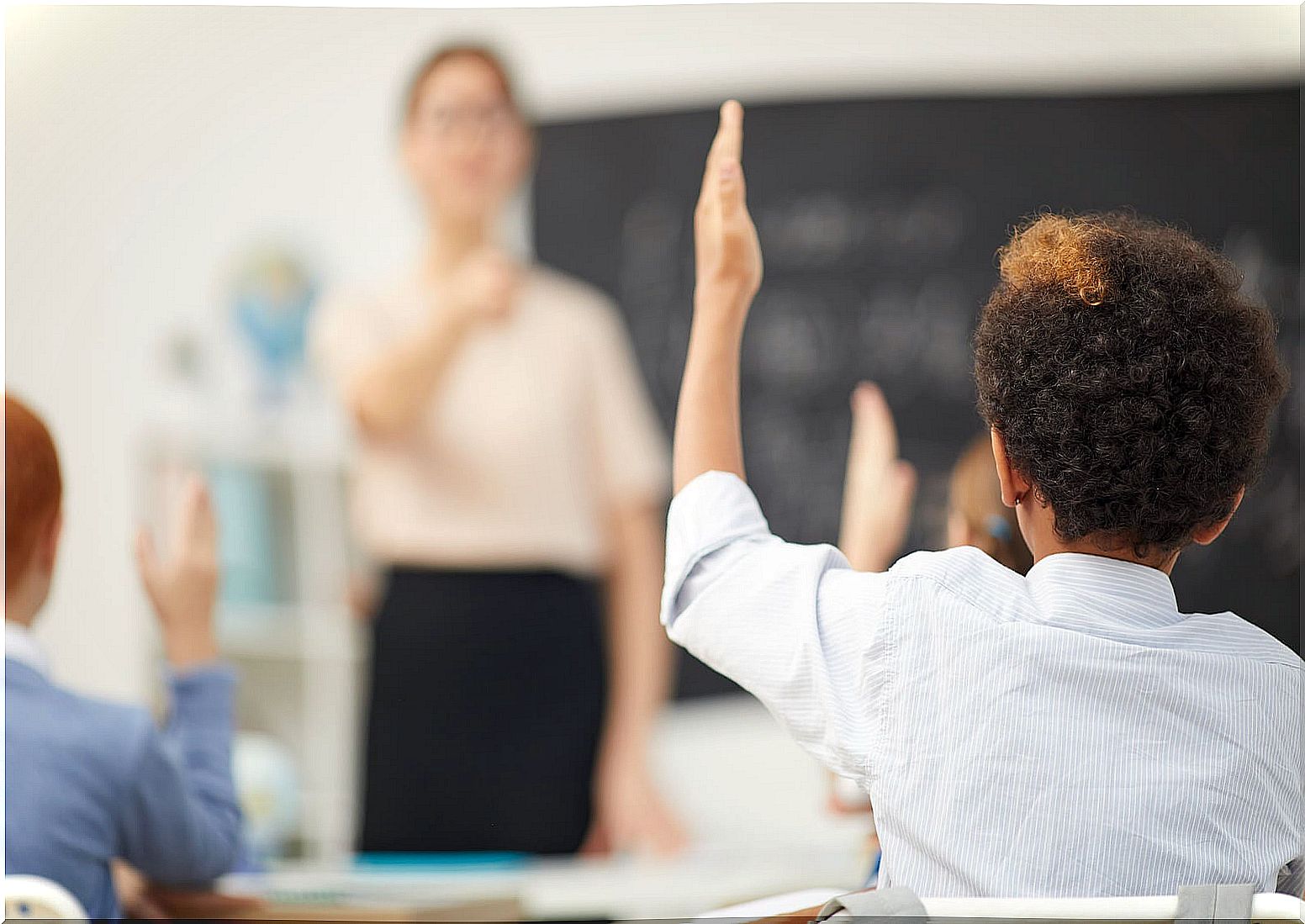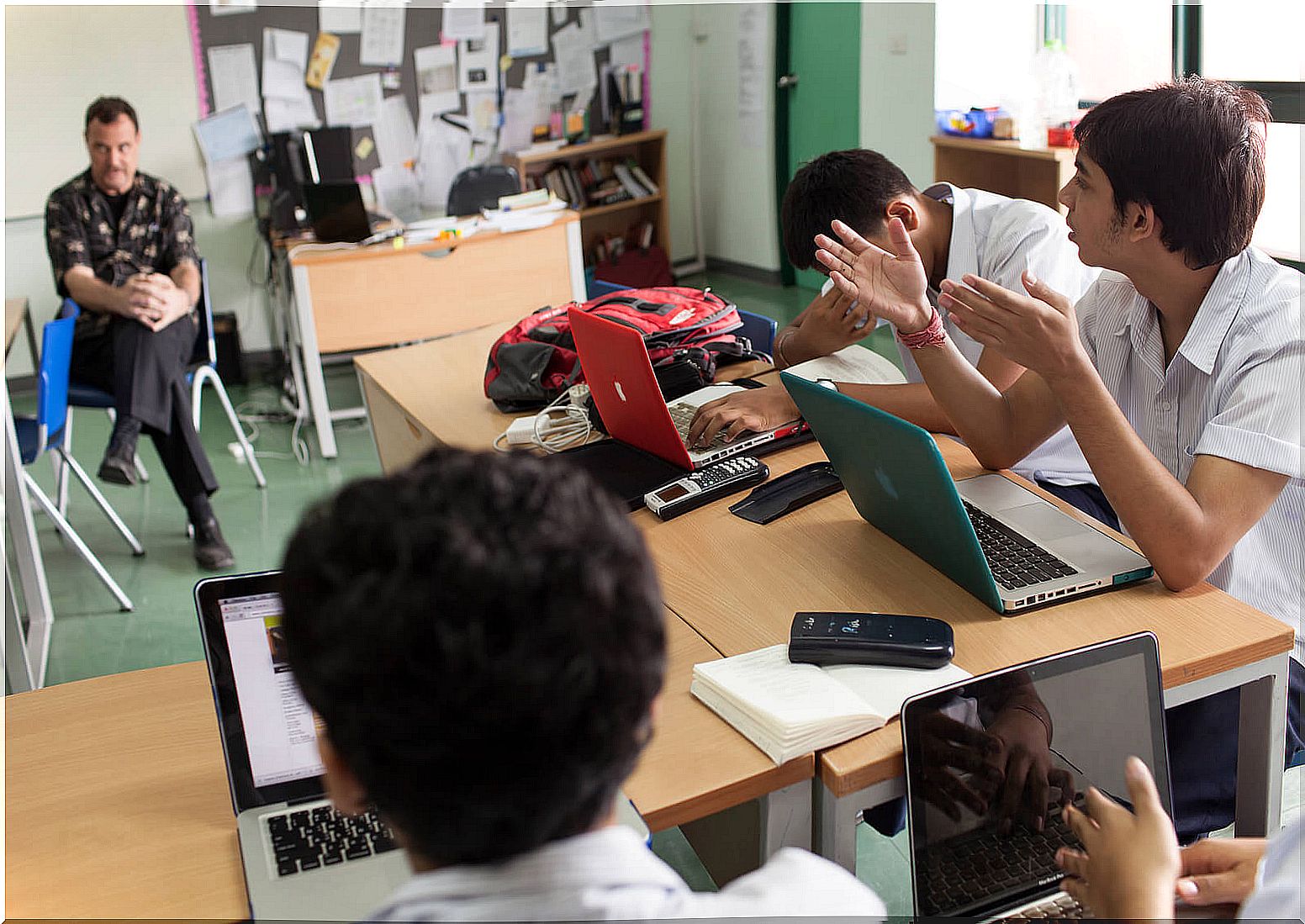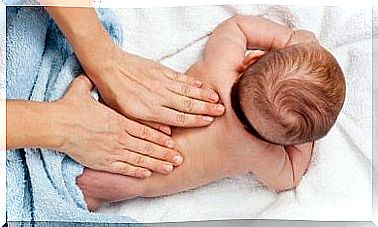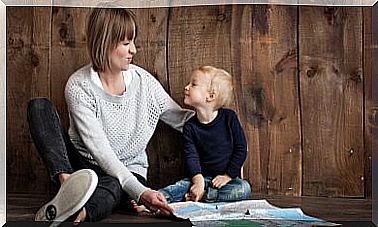Classroom Debate Techniques

It is important to teach students to speak in public, since it is one of the main skills required in social and work life. A good strategy for this purpose is debating techniques. Next, we will see some.
Discussion techniques
Debate techniques develop communication and oral expression in students. Likewise, they favor active participation and values such as respect. It can be said that debates are a good way to promote reflection and argumentation, since they encourage you to adopt a position and defend it.
What characteristics do they have?
- They require preparation and organization.
- The theme of the debates must be feasible to question and analyze.
- They allow the integration of oral communication skills and argumentative ability.
- They favor respect, tolerance and cooperation.
- A debate involves the confrontation of opposing positions related to an issue or problem.

Some debating techniques
Small group discussion (from 14 years old)
It is a face-to-face exchange of ideas on a topic of interest among a small group of students. It is an informal and flexible discussion, but with some rules:
- The topic of discussion should interest the whole group.
- The exchange of ideas must follow a certain logical order, although the discussion must be spontaneous.
- A coordinator and a secretary are elected.
- Active and free participation should be encouraged.
- It is convenient to stand in a circle so that everyone can see each other and to be able to communicate face to face.
Developing:
- The educator chooses the topic to be discussed. He presents it to the boys in advance so they can think about it, learn about it, and thus make the discussion richer and more informed.
- The coordinator and the secretary are elected. The coordinator leads the day’s session and should encourage group participation. The secretary is in charge of writing down the ideas that arise in the debate, recording the conclusions and keeping track of time.
- In group, the norms are established, the time that will be dedicated to the discussion and the exposition of the members (about two or three minutes).
- Group members freely express their ideas and points of view, and try not to stray from the topic.
- When the coordinator sees fit, he will pause to recap what has been done or ask for clarification on any point.
- Conclusions will be reached by consensus.
- After the discussion, the coordinator will summarize what has been discussed and will formulate the conclusions. These will be recorded by the secretary.
- Finally, the educator points out the general conclusions and makes a summary about the debated topic.
Snowball or pyramid (from 10 years old)
The educator exposes a topic and the boys will have to work on it. It works in 3 phases:
- First phase. Students form pairs. They talk and argue about the proposed topic.
- Second phase. The pairs are doubled into subgroups of four. Between the four of you, they will discuss the topic.
- Third phase. Groups of four are doubled. Among the 8 students, they will reach a conclusion that they must present to the class group. It is the secretary of each group who explains to the whole class the conclusions they have reached.
It is important that the educator indicates the times for each phase. It must also ensure a climate of communication and participation among students. This technique favors autonomous thinking, verbal expression and communication.
Whispering or simultaneous dialogue (from 10 years)
Whispering is a technique that consists of dividing a group into pairs. In this way, the whole group dialogues simultaneously on the same issue. In a few minutes, the educator can get a shared opinion on a question posed to the group.
Each pair discusses in a low voice (so as not to disturb the others) a topic, problem or question proposed by the teacher. One of the members will act as secretary, who will read the final opinion or conclusion when all the ideas are put together.
Using this technique, the educator can quickly know the level of understanding and doubts about a subject of study or an explanation. Likewise, it can be used to make decisions about which topics are of most interest to the group, norms, procedures to follow, etc.
Panel discussions (from 12 years)
It is a technique that raises the debate between two subgroups within the class group. The topic to be discussed can be raised by the educator or by the students, according to their interests.
In this technique, the educator plays a very important role. Acts as a guide and moderator. It should encourage participation through questions, highlight the arguments proposed by each group and point out the points of greatest interest.
The educator presents the topic of discussion and establishes the rules of participation. Each group must hold different positions regarding the proposed topic. In each of the groups there is a “specialist on the subject” spokesperson. The other members will assume the role of spectators who, at times, may be called upon to participate.

Start the discussion in the following order:
- Presentation of the arguments of subgroup A, without the right to reply.
- Presentation of the arguments of subgroup B, without the right to reply.
- Once the introductions, the subgroup will ask questions to the subgroup B. And then subgroup B will ask subgroup A.
- Questions from the group to subgroup A, with the right to reply.
- Questions from the group to subgroup B, with the right to reply.
- Free debate among the other members of the subgroups. They can ask questions, request clarification, refute arguments, etc.
All interventions may be accompanied and supported by materials that are considered convenient, such as slides, pictures, testimonies in recorded interviews, videos, written documents, etc.
After the activity, the educator will make a summary or conclusion about the different arguments expressed, and will indicate the points of agreement and disagreement. Likewise, it will end with a presentation of the most important ideas of the subject that has been discussed.
In short, debate techniques always require organization and preparation. In addition, the discussions must be motivating. The educator should raise questions and reflections that awaken and challenge the minds of the students.
On the other hand, the educator must make his students question the information and create doubts about it. In this way, the children will be able to generate critical thinking.









